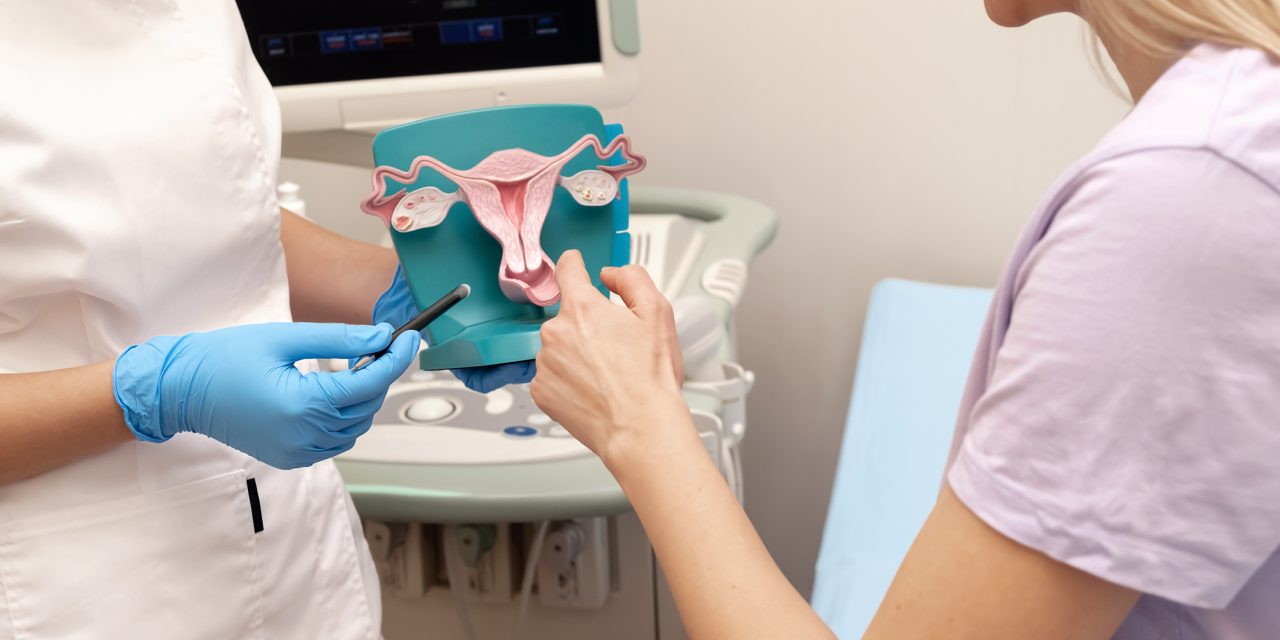Deep infiltrative endometriosis (DIE) may cause pelvic pain and thus negatively affect the function of different structures. We hypothesized that women with DIE may have dysfunctions of the pelvic floor muscles (PFM) and lower limb muscles (LLM).
This cross-sectional study included 160 women (80 with DIE under hormonal treatment and 80 women without DIE), who were assessed to determine the presence of pelvic symptoms (dysmenorrhea, chronic pelvic pain (CPP), deep/penetration dyspareunia, dysuria, dyschezia, and vulvodynia), PFM function (PERFECT scheme, presence of hypertonia and trigger points, and muscle contraction and relaxation), abdominal muscle pain (Carnett’s test), and muscle shortening in LLM (Thomas, Pace, and Ober tests).
Women with DIE presented more CPP (30% vs.5%;p<0.001), dysuria (12.5% vs.3.75%;p=0.043), and dyschezia (47.5% vs.2.5%;p<0.001) than the control group. Moreover, they had higher PFM hypertonia (28.75% vs.13.75%;p=0.02), weaker PFM contraction (36.35% vs. 2.5%; p<0.001), and incomplete PFM relaxation (45% vs.13.75%;p<0.001). Women with DIE had a higher rate of positive results in the Carnett's test (21.25% vs. 2.5%;p<0.001) than the control group. Moreover, they had a higher frequency of shortening of the anterior thigh (30% vs.10% in both LLM;p<0.001), piriformis (16.25% vs. 6.25%;p<0.001), and iliotibial band muscles (bilateral;p<0.001). Multivariate analysis revealed that the presence of pain increased the risk of PFM hypertonia (OR=3.73[1.26-11.07];p=0.018) and caused difficulty in PFM relaxation [OR=2.98[1.01-9.37];p=0.049).
Women with DIE exhibited a greater number of pelvic symptoms and greater PFM/LLM dysfunction than those in the control group. Pain was associated with PFM hypertonia and difficulty in PFM relaxation.
This article is protected by copyright. All rights reserved.
Pelvic Floor Muscle Dysfunctions in Women with Deep Infiltrative Endometriosis: An Underestimated Association.


